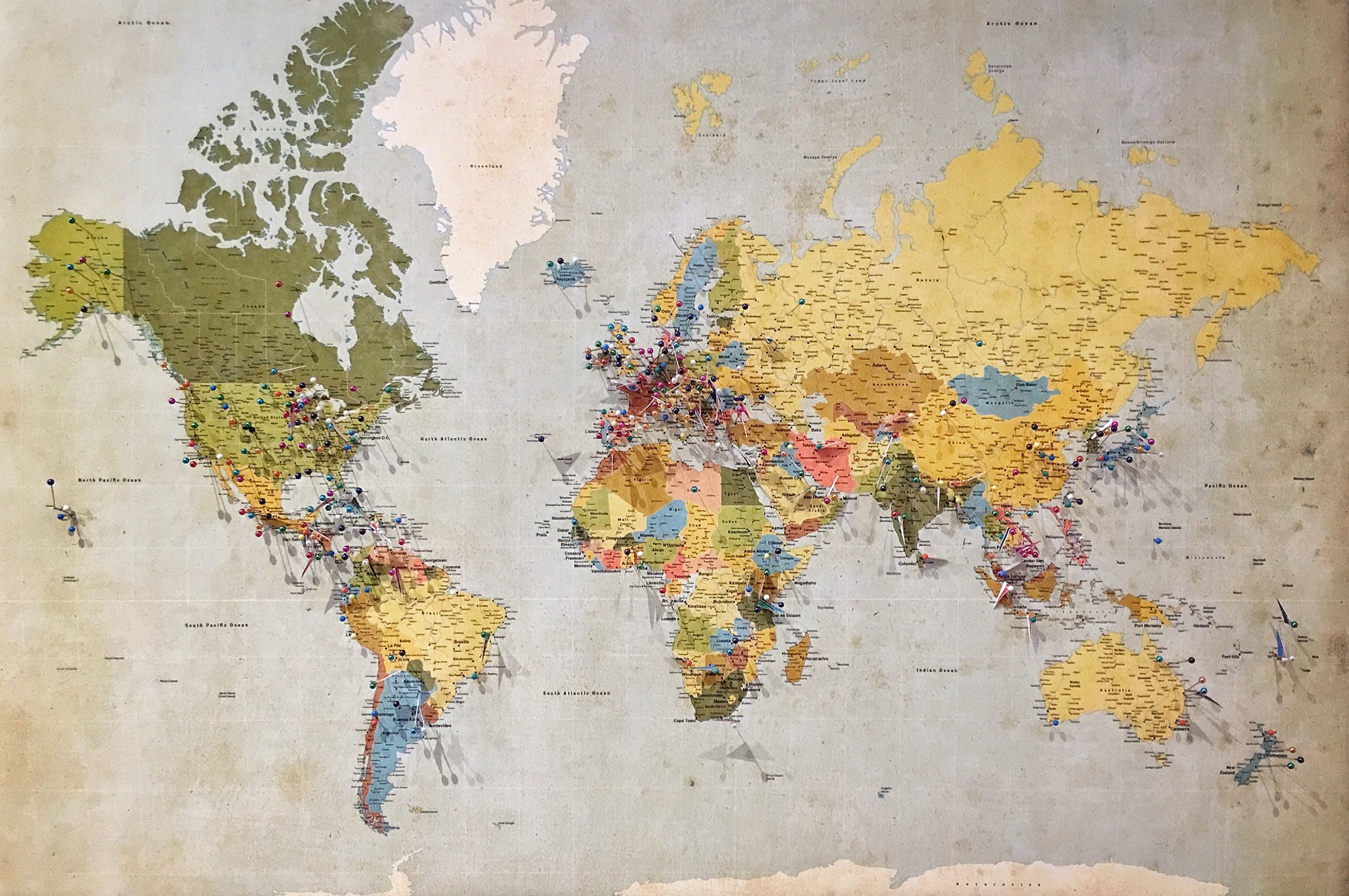Unlock the Power of Geolocation API in Javascript: Enhance Your Web Apps with Location-Based Features
 David Ajuka
David Ajuka
What is the geolocation API?
The geolocation API is a powerful tool available in Javascript that allows web applications to access the user's location information. This API allows web developers to create location-based features that enhance the user experience. However, it's important to note that the user must grant permission for the web application to access their location information. This is done for privacy reasons, as not everyone is comfortable sharing their location online. To use the geolocation API, developers can access it through the global window object in Javascript. Once the user grants permission, the web application can retrieve the user's location information, such as latitude and longitude coordinates. This information can then create location-based features, such as displaying nearby restaurants or providing directions to a specific location. Overall, the geolocation API is a valuable tool for web developers looking to create location-based features in their web applications. By using this API, developers can enhance the user experience and provide more personalized content to their users. How do we use the geolocation API?
How do I access the geolocation API in Javascript?
To access the geolocation API in Javascript, developers can use the global window object to request the user's location information. Once the user grants permission, the web application can retrieve the user's location information, such as latitude and longitude coordinates.
Here are some code examples to help you access the geolocation API in Javascript.
Requesting the user's location information:
if (navigator.geolocation) { navigator.geolocation.getCurrentPosition(showPosition);
} else {
console.log("Geolocation is not supported by this browser.");
}
function showPosition(position) { console.log("Latitude: " + position.coords.latitude + " Longitude: " + position.coords.longitude); }
As you can see in the above, we made use. of hoisting in javascript which allowed us to call the showPosition function before it was declared.
Checking if the user has granted permission:
if (navigator.permissions) { navigator.permissions.query({name:'geolocation'}).then(function(result)
{
if (result.state === 'granted') {
console.log("User has granted permission for geolocation.");
} else if (result.state === 'prompt') {
console.log("User has not yet granted or denied permission for geolocation.")
} else if (result.state === 'denied') {
console.log("User has denied permission for geolocation.");
} });
} else {
console.log("Geolocation permissions API is not supported by this browser.");
}
Daily use cases of the Geolocation API
Displaying the user's current location on a map:
function showPosition(position) {
const lat = position.coords.latitude;
const lon = position.coords.longitude;
const mapUrl = `https://www.google.com/maps/search/?api=1&query=${lat},${lon}`;
window.location.href = mapUrl;
}
function getLocation() {
if (navigator.geolocation) { navigator.geolocation.getCurrentPosition(showPosition);
} else { console.log("Geolocation is not supported by this browser.");
}
}
Finding nearby restaurants:
function showPosition(position) {
const lat = position.coords.latitude;
const lon = position.coords.longitude;
const apiUrl = `https://api.yelp.com/v3/businesses/search?term=restaurants&latitude=${lat}&longitude=${lon}`;
fetch(apiUrl, {
headers: {
Authorization: "Bearer YOUR_API_KEY_HERE",
},
})
.then((response) => response.json())
.then((data) => {
const restaurants = data.businesses;
// Display the nearby restaurants on the page
})
.catch((error) => console.log(error));
}
function getLocation() {
if (navigator.geolocation) {
navigator.geolocation.getCurrentPosition(showPosition);
} else {
console.log("Geolocation is not supported by this browser.");
}
}
Please note that you will need to replace YOUR_API_KEY_HERE with your actual Yelp API key in order for this code to work.
Providing directions to a specific location:
function showPosition(position) {
const lat = position.coords.latitude;
const lon = position.coords.longitude;
const destination = "1600 Amphitheatre Parkway, Mountain View, CA";
const mapUrl = `https://www.google.com/maps/dir/?api=1&origin=${lat},${lon}&destination=${destination}`;
window.location.href = mapUrl;
}
function getLocation() {
if (navigator.geolocation) {
navigator.geolocation.getCurrentPosition(showPosition);
} else {
console.log("Geolocation is not supported by this browser.");
}
}
This code uses the Google Maps API to get directions from the user's current location to a fixed destination. Note that the destination is hard-coded into the destination variable, so you'll need to modify the code to use a different destination if you want to get directions to a different location.
Finding the weather forecast for the user's location:
function showPosition(position) {
const lat = position.coords.latitude;
const lon = position.coords.longitude;
const apiUrl = `https://api.openweathermap.org/data/2.5/weather?lat=${lat}&lon=${lon}&appid=YOUR_API_KEY_HERE`;
fetch(apiUrl)
.then((response) => response.json())
.then((data) => {
const weather = data.weather[0].description;
// Display the weather forecast on the page
})
.catch((error) => console.log(error));
}
function getLocation() {
if (navigator.geolocation) {
navigator.geolocation.getCurrentPosition(showPosition);
} else {
console.log("Geolocation is not supported by this browser.");
}
}
Please note that you will need to replace YOUR_API_KEY_HERE with your actual OpenWeatherMap API key in order for this code to work. This code uses the OpenWeatherMap API to get the current weather forecast for the user's location.
Conclusion
Are you tired of using the same old web applications that don't cater to your location? Do you want to experience personalized content that is tailored to your whereabouts? Look no further than the geolocation API in Javascript! This powerful tool allows web developers to access a user's location information and create location-based features that enhance the user experience. Get ready to take your web applications to the next level and provide your users with a personalized experience they won't forget!
Subscribe to my newsletter
Read articles from David Ajuka directly inside your inbox. Subscribe to the newsletter, and don't miss out.
Written by

David Ajuka
David Ajuka
Javascript Engineer, Fashion Lover.